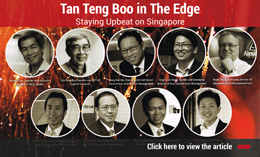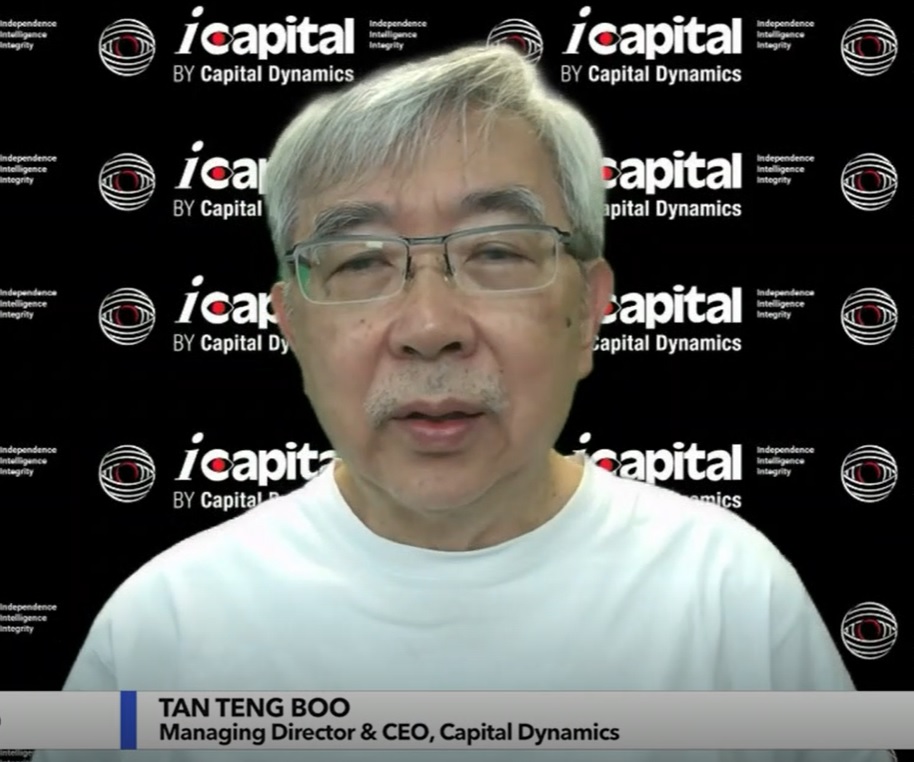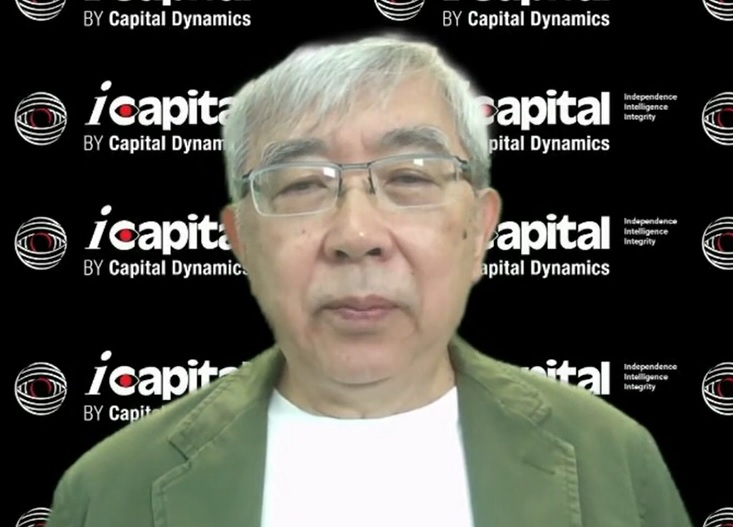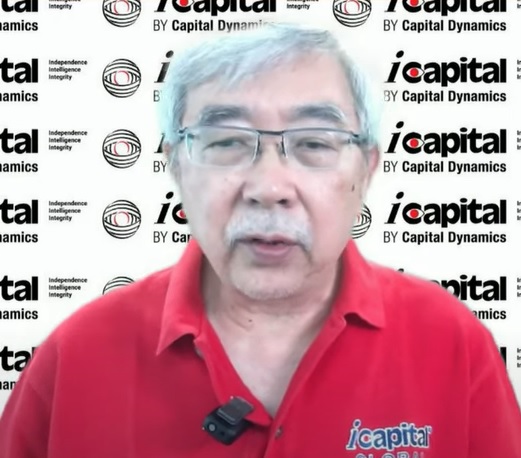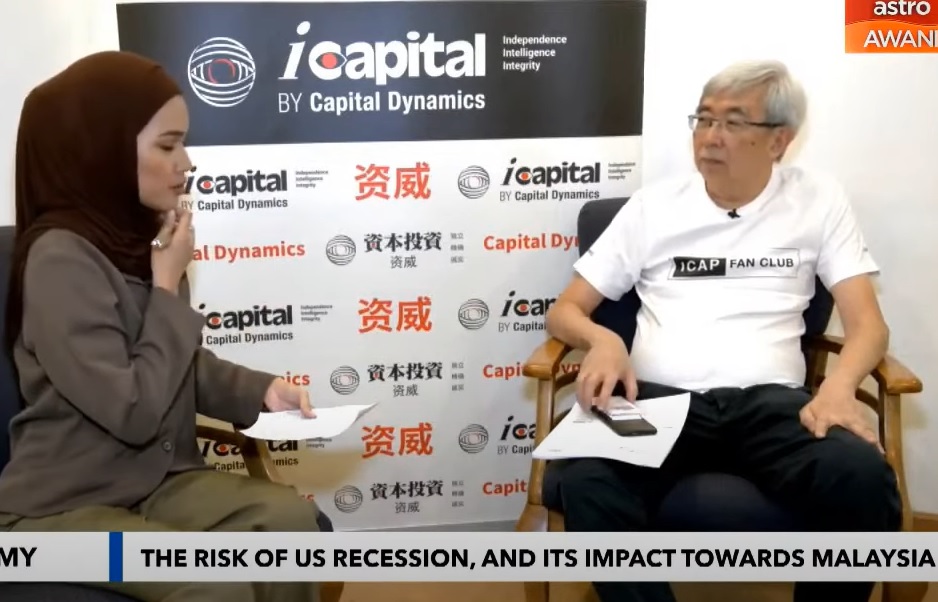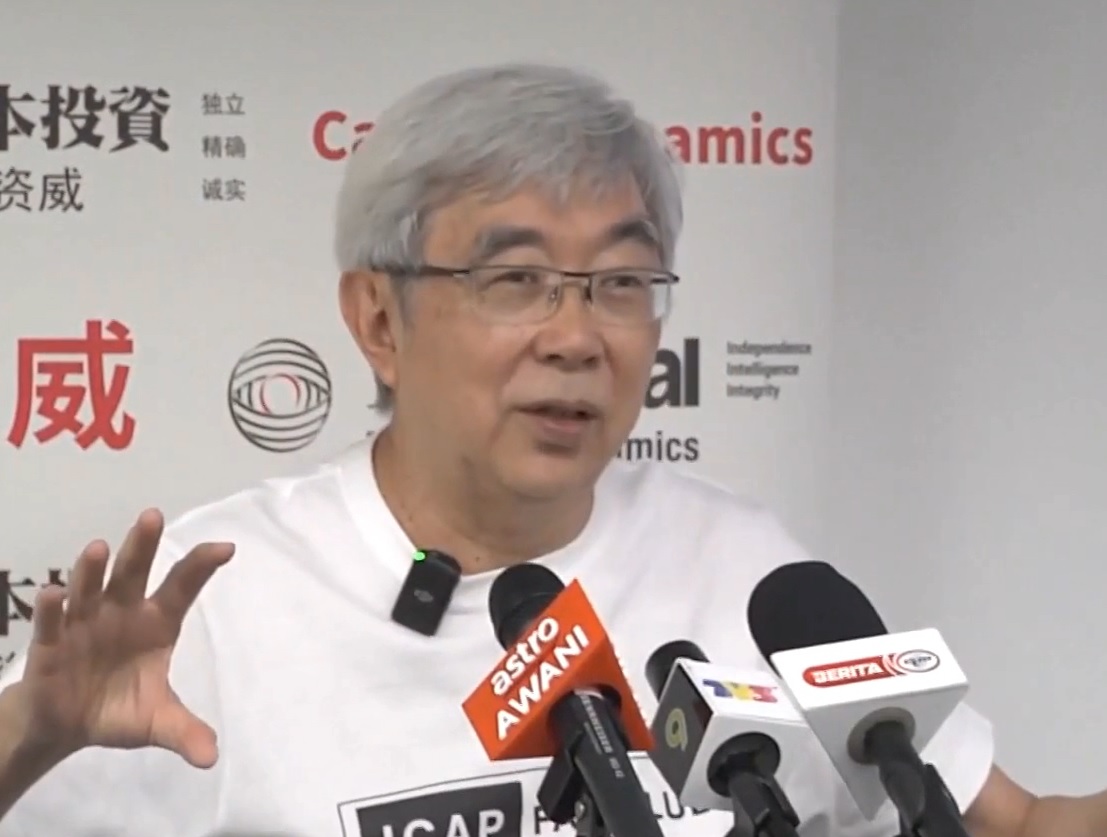17/05/2025 09:40 am MYT
“The first Sino-Japanese War, or known to the Chinese as the Jiawu War, lasted less than a year. China was crushed, losing not only the control of Korea, but also a large piece of her territory in Northeast China. Consequently, China was forced to sign a humiliating treaty to end the war. ”
Last week, i Capital said that Japan undergone a major transformation after Emperor Meiji assumed the throne in 1867 and started the “Meiji Restoration”. The adoption of Western technology and practices led Japan to become an aggressive, militant Westernised Asian country. Apart from industrialising her economy, Japan also emulated Western powers’ empire building game. Few people know that Japan aggressively carried out her first colonisation campaign by absorbing the Ryukyu Kingdom to become the Okinawa Prefecture in 1879. The other territories Japan was eyeing were neighbourly Taiwan, Korea, and China. She failed to colonise Taiwan in the 1874 attempt, but eventually got what she wanted through Korea.
During the 19th century, the Korean society was characterised by poverty and oppression by the ruling class. The Korean court was supported by China which received tributary from the resource-rich Korea. Japan, on the other hand, was vying for Korea’s abundant coal and iron resources to fuel her industrialisation drive. However, the region was controlled by China, Japan decided to change that and make Korea a so called independent state. In 1876, Japan used military power to force Korea to sign the Treaty of Ganghwa Island, opening up Korean ports for commerce, copying what Commodore Perry's big Black Ships did by forcing Japan to open up in 1853. The Ganghwa Treaty also granted the Japanese people many of the same rights such as extraterritoriality in Korea
Note from Publisher
At the end of 2024, there were 38.7 mln registered vehicles in Malaysia. In comparison, Malaysia’s population stood at just 34.1 mln. No wonder traffic congestion is a serious problem not just in the Klang Valley, but all over the country. A major reason why Malaysia has so many cars is due to its weak public transport system, causing people to shy away from them. The public transport usage rate in Malaysia is a low 25%. The comparative usage rates in Singapore, Seoul, and Tokyo are 67%, 63%, and 73% respectively.
Expanding domestic connectivity networks, increasing the frequency of trips, speed of transport and their reliability are among the urgent tasks the Ministry of Transportation needs to address to bring up the country’s public transport usage rate. i Capital has written many times that traffic congestion has cost the Malaysian economy dearly and urged the Malaysian government to focus on building railway networks to connect all major cities and towns within Malaysia.
Tan Teng Boo has even repeatedly asked the Malaysian government to abandon the KL-Singapore high-speed rail project and to instead urgently focus on connectivity with Malaysia. If his sound advice is implemented, Malaysia’s public transport usage rate will surely catch up with that of Singapore, Seoul, and Tokyo. The entire Malaysian economy will benefit as a result. Balik kampung, going for trips during school holidays and rushing back for Chinese New Year reunion dinners need not be such a torture.
PORTFOLIOS
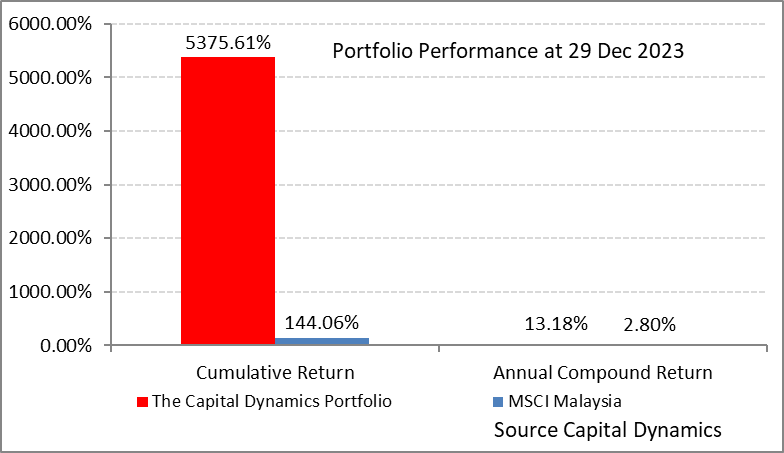
CORE VALUES
In The Media
STOCK SELECTIONS
KLSE | 1 day, 6 hours ago
HKEX | 5 days, 16 hours ago
C&D INTERNATIONAL INVESTMENT GROUP LIMITED (C&D INTL, 01908)
KLSE | 1 week, 1 day ago
HKEX | 2 weeks, 5 days ago
KLSE | 3 weeks, 1 day ago
Corporate News
FY Results
Project Management Engagement
1Q results
Memorandum of Understanding with Oriental Holdings Berhad
Memorandum of Understanding with LBS Bina Group Berhad










